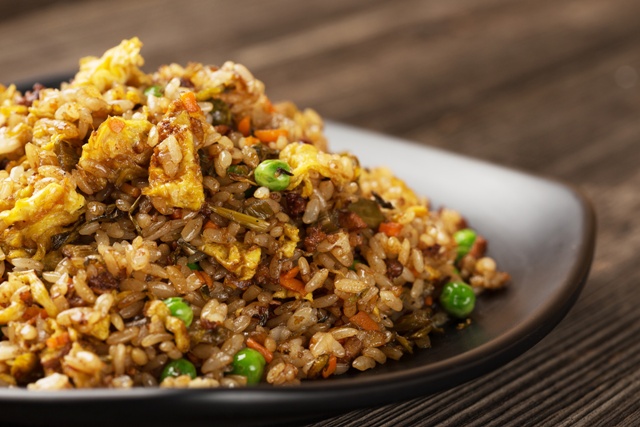In the fast-paced world of food delivery, efficient route planning is crucial for businesses to ensure timely and accurate deliveries. Fortunately, there are several route planning apps available that can optimize delivery routes, streamline operations, and maximize customer satisfaction.

Here, we will explore 7 of the best route planning apps for food delivery businesses, with Route4Me topping the list.
Route4Me
Route4Me is a smart and feature-rich route planning app created especially for companies that operate delivery services. Its extensive features and straightforward design make it a top pick for restaurants of all sizes that offer delivery services. Input numerous delivery destinations into Route4Me, and it will calculate the fastest possible route between each one.
The program calculates the optimal route by considering factors like traffic, distance, and time limits, guaranteeing on-time delivery and cutting down on gasoline expenditures. Route4Me also allows you to monitor and track your drivers in real time, so you can see how they’re doing and make modifications as needed. Route4Me distinguishes itself as the leading option for food delivery companies thanks to its features and simplicity of use.
RoadWarrior
Another notable app for planning routes that optimize for several stops is RoadWarrior. It provides effective route planning by considering time windows, traffic patterns, and vehicle capacities. Turn-by-turn directions are also available through RoadWarrior, making navigation simple for users. The app is a favorite among meal delivery companies due to its straightforward UI and simple functions.
OptimoRoute
A thorough route planning program called OptimoRoute was created for companies with intricate delivery systems. The software has cutting-edge functions, including fleet monitoring in real time, optimized schedules, and mapping out routes for vehicles. OptimoRoute generates the best possible routes by considering a wide range of factors, such as available vehicles, travel time, and traffic. Additionally, the app offers thorough analytics and reports, enabling companies to assess their performance and make data-driven choices.
Circuit Route Planner
An easy-to-use tool called Circuit Route Planner focuses on route optimization for delivery companies. Multiple addresses can be imported from different sources, and the route can be optimized depending on factors like distance, time, and priority.
Circuit Route Planner offers interactive maps, turn-by-turn directions, and real-time tracking to enhance driver productivity and efficiency. The app’s integration with popular delivery platforms such as Shopify and WooCommerce further simplifies the process for food delivery businesses.
Badger Maps
Badger Maps is a route planning app that caters to field sales and delivery teams. With its intuitive interface and advanced features, Badger Maps helps businesses optimize routes, increase productivity, and reduce fuel costs.
The app allows you to import customer data, plan routes with multiple stops, and provide real-time traffic updates. Badger Maps also offers CRM integration, enabling businesses to seamlessly manage customer relationships and route planning.
WorkWave Route Manager
WorkWave Route Manager is a comprehensive delivery route planning app suitable for businesses of all sizes. It offers features such as route optimization, real-time tracking, and dispatch management.
WorkWave’s intelligent algorithms factor in various variables, including traffic, time windows, and vehicle capacity, to generate the most efficient routes. The app’s user-friendly interface and robust reporting capabilities make it a reliable choice for food delivery businesses.
Onfleet
Onfleet is a versatile delivery management platform that includes powerful route planning features. It offers real-time driver tracking, intelligent dispatching, and route optimization.
Onfleet also provides customer notifications and proof of delivery, enhancing the overall delivery experience. The app’s integration with popular e-commerce platforms makes it an attractive option for food delivery businesses looking for seamless order management and efficient routing.
Benefits of Using Route Planning Apps for Food Delivery Businesses
In the fast-paced world of food delivery, efficient route planning is crucial for businesses to meet customer demands, reduce costs, and optimize operations. Traditional manual route planning methods can be time-consuming, prone to errors, and inefficient. Fortunately, with the advent of route planning apps, food delivery businesses can now streamline their processes and achieve significant benefits.
1. Enhanced Efficiency
One of the primary benefits of using route planning apps is enhanced efficiency. These apps utilize advanced algorithms and real-time data to optimize delivery routes, taking into account factors such as traffic patterns, distance, and time constraints.
By automatically generating the most efficient routes, businesses can minimize travel time and mileage, reducing fuel costs and increasing the number of deliveries completed within a given timeframe. The streamlined routes also lead to improved driver productivity and reduced idle time, enabling businesses to serve more customers efficiently.
2. Cost Savings
Route planning apps can significantly contribute to cost savings for food delivery businesses. Businesses can minimize fuel consumption and vehicle wear and tear by optimizing routes. With shorter and more efficient routes, fuel costs are reduced, leading to immediate savings.
Moreover, the apps’ ability to factor in real-time traffic updates ensures drivers can avoid congested areas, further reducing fuel expenses. Additionally, efficient routing helps businesses optimize their workforce, enabling them to accomplish more deliveries with the same number of drivers, reducing labor costs in the long run.
3. Improved Customer Satisfaction
Prompt and accurate deliveries are paramount for customer satisfaction in the food delivery industry. Route planning apps play a vital role in ensuring timely deliveries. By optimizing routes, businesses can provide customers with more accurate estimated arrival times, reducing waiting times and enhancing overall customer experience.
Many route planning apps offer real-time tracking features that allow customers to track their deliveries, increasing transparency and building trust. When customers receive their orders promptly and consistently, they are more likely to become repeat customers and recommend the service to others.
In case a delivery issue arises, businesses need clear protocols to resolve it quickly. Some situations may require guidance from food delivery lawyers to handle disputes or compliance matters appropriately. Having structured procedures in place ensures smoother operations and better customer relationships.
4. Effective Resource Management
Route planning apps enable food delivery businesses to effectively manage their resources. By optimizing routes and considering various factors like time windows, vehicle capacity, and driver availability, businesses can ensure efficient allocation of resources.
These apps help assign appropriate routes to drivers, minimizing overlaps and unnecessary detours. Furthermore, businesses can gain insights into their operations through data analytics provided by the apps. They can analyze delivery patterns, identify areas for improvement, and make data-driven decisions to optimize their overall logistics strategy.
5. Real-Time Tracking and Communication
Many route planning apps offer real-time tracking and communication features, allowing businesses to monitor their drivers’ progress and communicate updates seamlessly.
This capability enhances operational control, as managers can track drivers’ locations, identify any deviations or delays, and take proactive measures to resolve issues promptly.
Real-time communication between drivers and dispatchers ensures quick problem resolution and enables dynamic adjustments to routes when unexpected circumstances arise.
6. Integration with Other Systems
Route planning apps often integrate with other business systems, such as order management, customer relationship management (CRM), and e-commerce platforms.
This integration streamlines the overall workflow, allowing businesses to seamlessly import delivery orders, synchronize customer information, and automatically update delivery statuses. Such integration saves time, eliminates manual data entry errors, and ensures accurate and efficient order processing.
Conclusion
In the highly competitive food delivery industry, optimizing delivery routes is essential for businesses to thrive. The route planning apps mentioned in this article offer advanced features that can significantly enhance efficiency, reduce costs, and improve customer satisfaction.
While all the apps listed have unique advantages, Route4Me stands out as the top choice due to its comprehensive features, user-friendly interface, and ability to meet the specific needs of food delivery businesses.
Regardless of the chosen app, leveraging advanced algorithms, real-time data, and user-friendly interfaces, these apps empower food delivery businesses to streamline operations, improve efficiency, and maintain competitiveness in a rapidly evolving market. Embracing route planning apps is a wise investment for any food delivery business seeking to maximize profitability, deliver exceptional service, and establish a strong brand reputation.





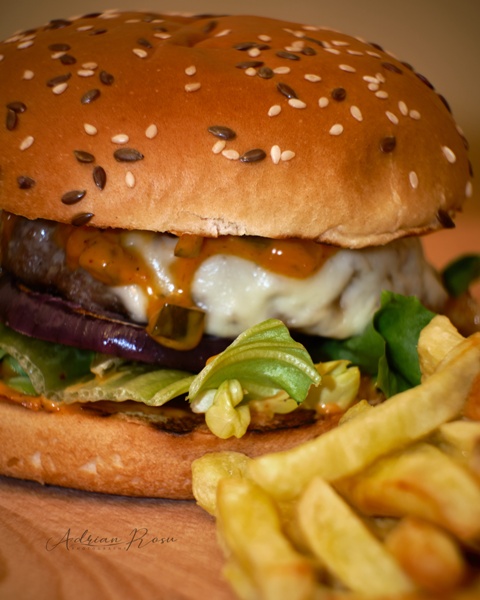

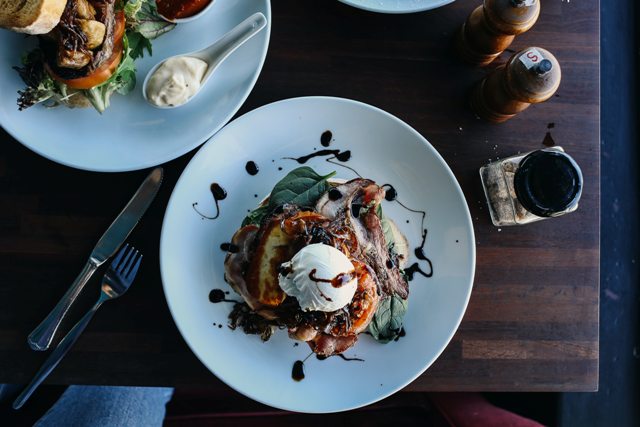

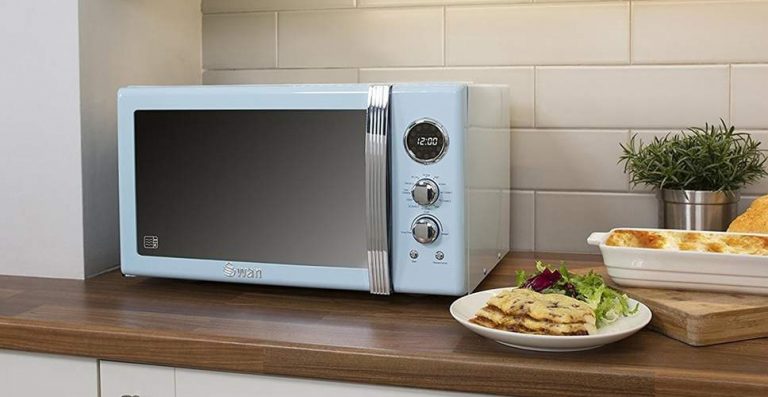
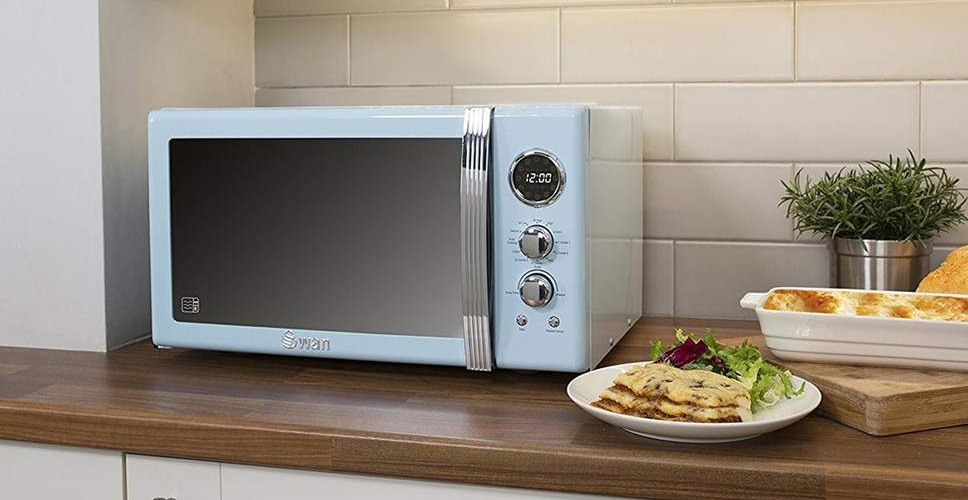
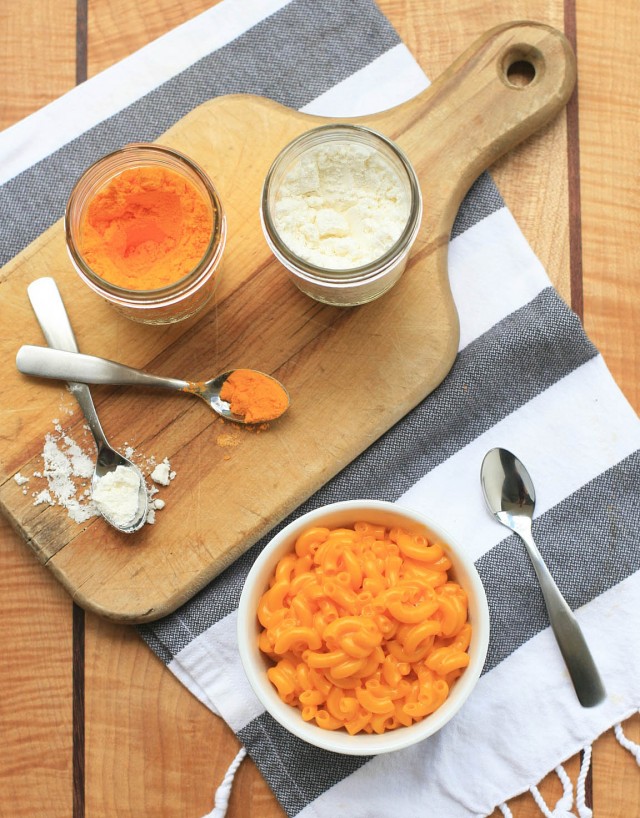
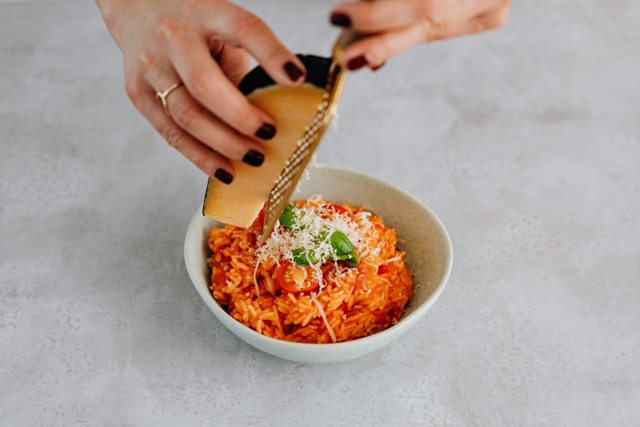 Creamy goat’s cheese, crisp white wine and quality veg makes this rich risotto a must-eat, and it only takes a couple minutes of prep before nipping it in the microwave.
Creamy goat’s cheese, crisp white wine and quality veg makes this rich risotto a must-eat, and it only takes a couple minutes of prep before nipping it in the microwave.
